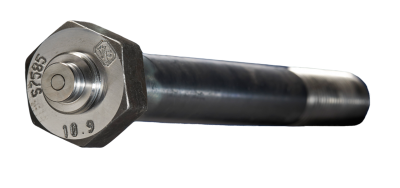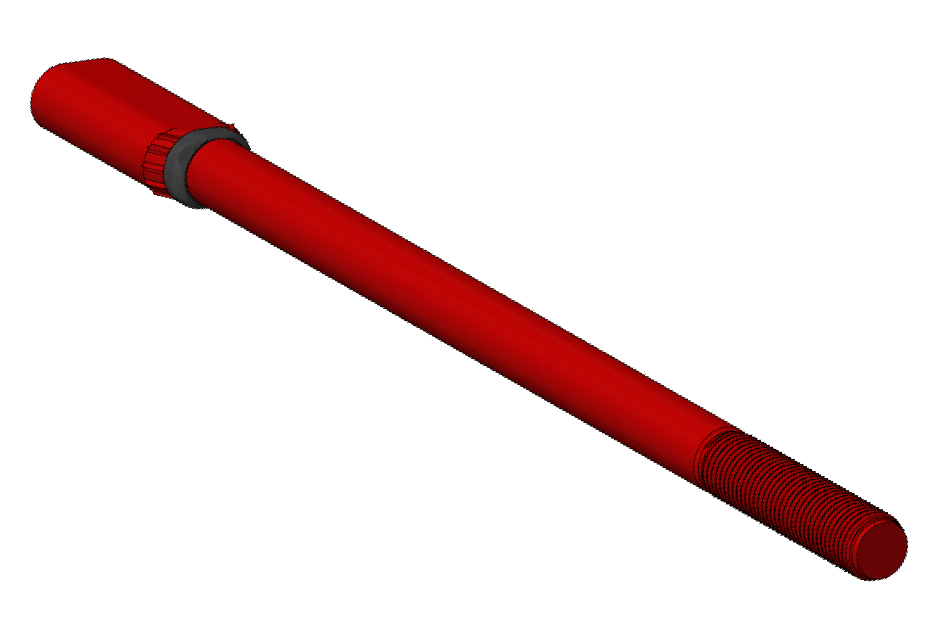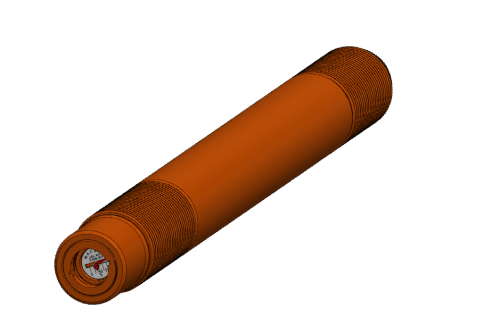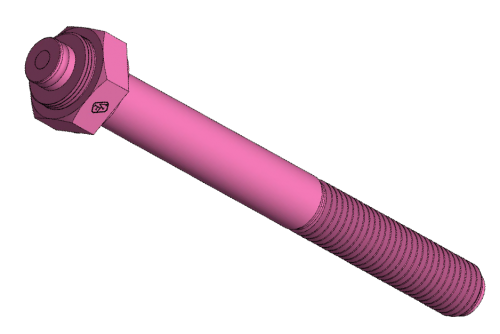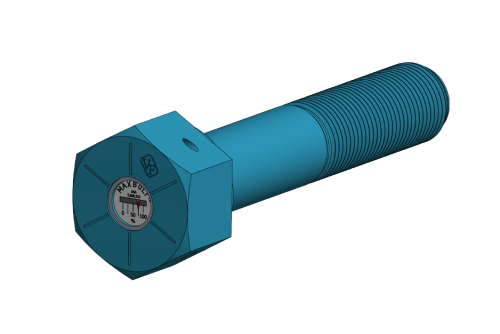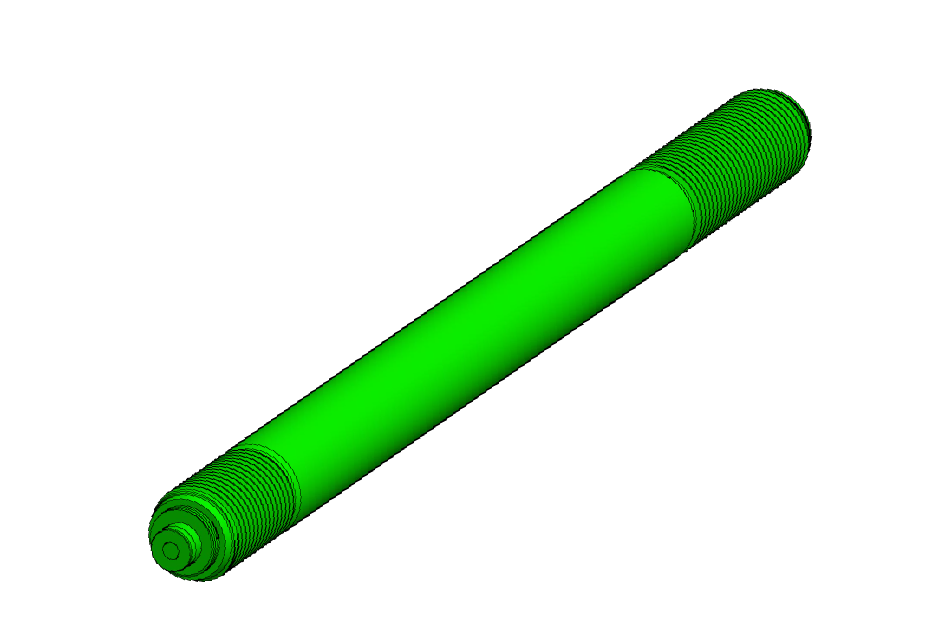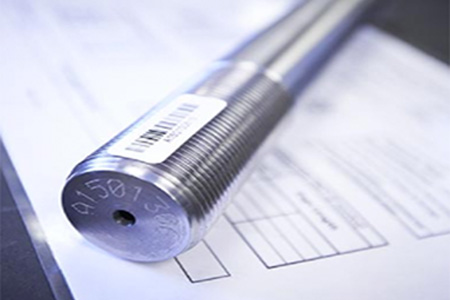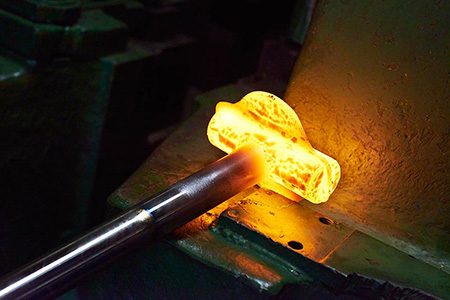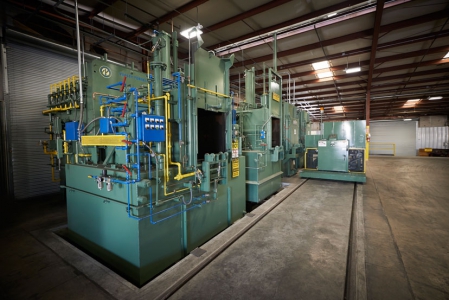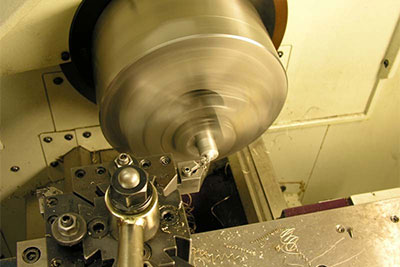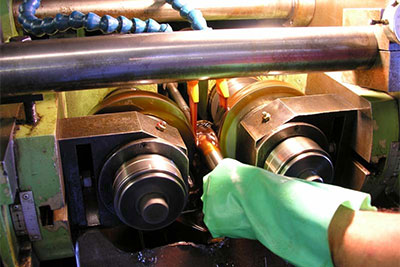Reprint Courtesy of American Fastener Journal
| By Rusty Flocken |
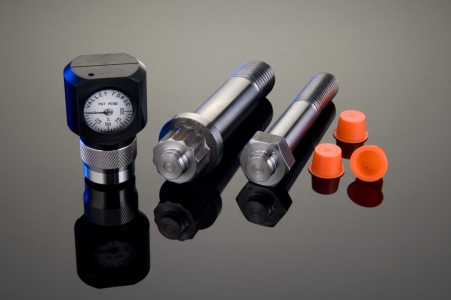
The process cycle of fasteners is an interesting one. Consider this: Fasteners are manufactured from metals produced by tightly controlled, stringent specifications. Melting methods, chemistry makeup, cleanliness, and numerous mechanical capability tests are performed to ensure the steel mill makes material that is suitable for its intended use. From there, the fastener manufacturer closely monitors the processes of forging, heat treatment, dimensional machining, non-destructive testing, and threading to ensure ALL design parameters are met. Quality is assured through grain flow inspections, mechanical testing, precision measurement, surface and sub-surface non-destructive evaluations, carburization and decarburization inspections—to name a few. All of these controls are critical to ensure the goal of product performance is met so it may satisfy its intended purpose.
One often-overlooked or underestimated aspect of this process cycle is installation and tightening of the fastener. In fastening, joint tightness is nearly always associated with the use of a calibrated torque wrench during installation. For any given fastener, the relationship between applied torque and resulting tension is anything but direct. Many end users and installers seem to be aware of this fact, and yet they are content with this in spite of continued joint issues. The perceived connection between torque and accurate joint load is strong but unsupported. Installation torque is not a measure of joint tension. It is purely a measurement of applied tightening effort.
The modern use of torque measurement for the installation of 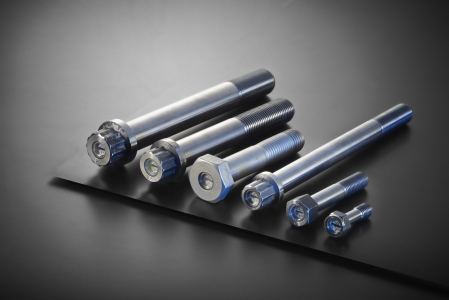 threaded fasteners has been in practice since the early 20th century. Conventionally, torque measurement has been the most practical means to control fastener tightness. Torque measurement is convenient in modern industry because many calibrated tightening tools are readily available. This practice of torque measurement has led industry to focus more on the use of special tightening tools rather than the fasteners themselves. An advantage of this focus is that any type of threaded fastener can be tightened with an appropriately selected torque tool without modification. There are many bolted/screwed joints where tightness is of limited importance, and they may not require any degree of control or monitoring. For joints in which tightness is critical, measurement of applied torque may result in joint loads that fall short of meeting actual joint requirements. There are several reasons for this, one being the influence of friction. When a fastener is tightened to a prescribed torque, this value has been calculated using a targeted clamp load and a nut (friction) factor. Information such as base material used in the joint, bolting materials, and any lubricants used are considered in the calculation. Complications can arise at random, with multiple fasteners from the same lot developing varying amounts of friction due to natural surface imperfections. Even within specification limits, variances in hardness and or material properties can also impact performance. Organizations that use equipment with tension-critical or problematic joints expend considerable time and effort in achieving accurately loaded joints. Available methods for measuring bolt tension include hydraulic tensioning, length measurement, direct tension indicators, and load-indicating fasteners. Hydraulic tensioning results in accurate application of tension during installation; however, nut placement, embedment, and relaxation can leave resulting joint load in question. Length measurement has been used for many years with gun drilling through the length of the fastener or with ultrasonic equipment. Both length measurement techniques are accurate, but each requires extensive machining and operator training for consistent results. Products classified as direct tension indicators are capable of providing subjective load verifications but cannot display numerical load values. Load-indicating fasteners are capable of showing real-time fastener load up to the material yield strength.
threaded fasteners has been in practice since the early 20th century. Conventionally, torque measurement has been the most practical means to control fastener tightness. Torque measurement is convenient in modern industry because many calibrated tightening tools are readily available. This practice of torque measurement has led industry to focus more on the use of special tightening tools rather than the fasteners themselves. An advantage of this focus is that any type of threaded fastener can be tightened with an appropriately selected torque tool without modification. There are many bolted/screwed joints where tightness is of limited importance, and they may not require any degree of control or monitoring. For joints in which tightness is critical, measurement of applied torque may result in joint loads that fall short of meeting actual joint requirements. There are several reasons for this, one being the influence of friction. When a fastener is tightened to a prescribed torque, this value has been calculated using a targeted clamp load and a nut (friction) factor. Information such as base material used in the joint, bolting materials, and any lubricants used are considered in the calculation. Complications can arise at random, with multiple fasteners from the same lot developing varying amounts of friction due to natural surface imperfections. Even within specification limits, variances in hardness and or material properties can also impact performance. Organizations that use equipment with tension-critical or problematic joints expend considerable time and effort in achieving accurately loaded joints. Available methods for measuring bolt tension include hydraulic tensioning, length measurement, direct tension indicators, and load-indicating fasteners. Hydraulic tensioning results in accurate application of tension during installation; however, nut placement, embedment, and relaxation can leave resulting joint load in question. Length measurement has been used for many years with gun drilling through the length of the fastener or with ultrasonic equipment. Both length measurement techniques are accurate, but each requires extensive machining and operator training for consistent results. Products classified as direct tension indicators are capable of providing subjective load verifications but cannot display numerical load values. Load-indicating fasteners are capable of showing real-time fastener load up to the material yield strength.
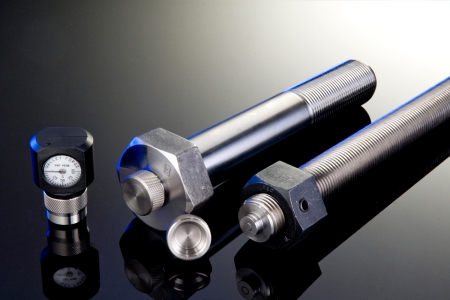 Load-indicating fasteners have historically been used in the most critical, problematic or specialty joints. All of the drawbacks of torque and tension tightening methods are no longer issues when standard fasteners are converted to, or replaced by, load-indicating fasteners. In fastening applications where joint tension is controlled, the only direct means to do so is with a load-indicating fastener. The coming model of reducing manufacturing and retrofit costs of load-indicating fasteners is creating a more cost effective solution for less critical joints.
Load-indicating fasteners have historically been used in the most critical, problematic or specialty joints. All of the drawbacks of torque and tension tightening methods are no longer issues when standard fasteners are converted to, or replaced by, load-indicating fasteners. In fastening applications where joint tension is controlled, the only direct means to do so is with a load-indicating fastener. The coming model of reducing manufacturing and retrofit costs of load-indicating fasteners is creating a more cost effective solution for less critical joints.
Valley Forge & Bolt Mfg. Co. has been manufacturing quality standard and custom fasteners for 40 years. For more than 15 years, Valley Forge has been leading the market with comprehensive bolting solutions using patented load-indicating fastener designs. Valley Forge load-indicating fasteners were one of the influences for the creation of the ASTM F2482 standard specification covering such products.
Rusty Flocken is a mechanical engineer with Valley Forge & Bolt Mfg. Co. in Phoenix, Arizona. He holds a bachelor’s degree in mechanical engineering from the University of Arizona. His professional interests are robotics, material science, manufacturing automation, and fastener technology.

